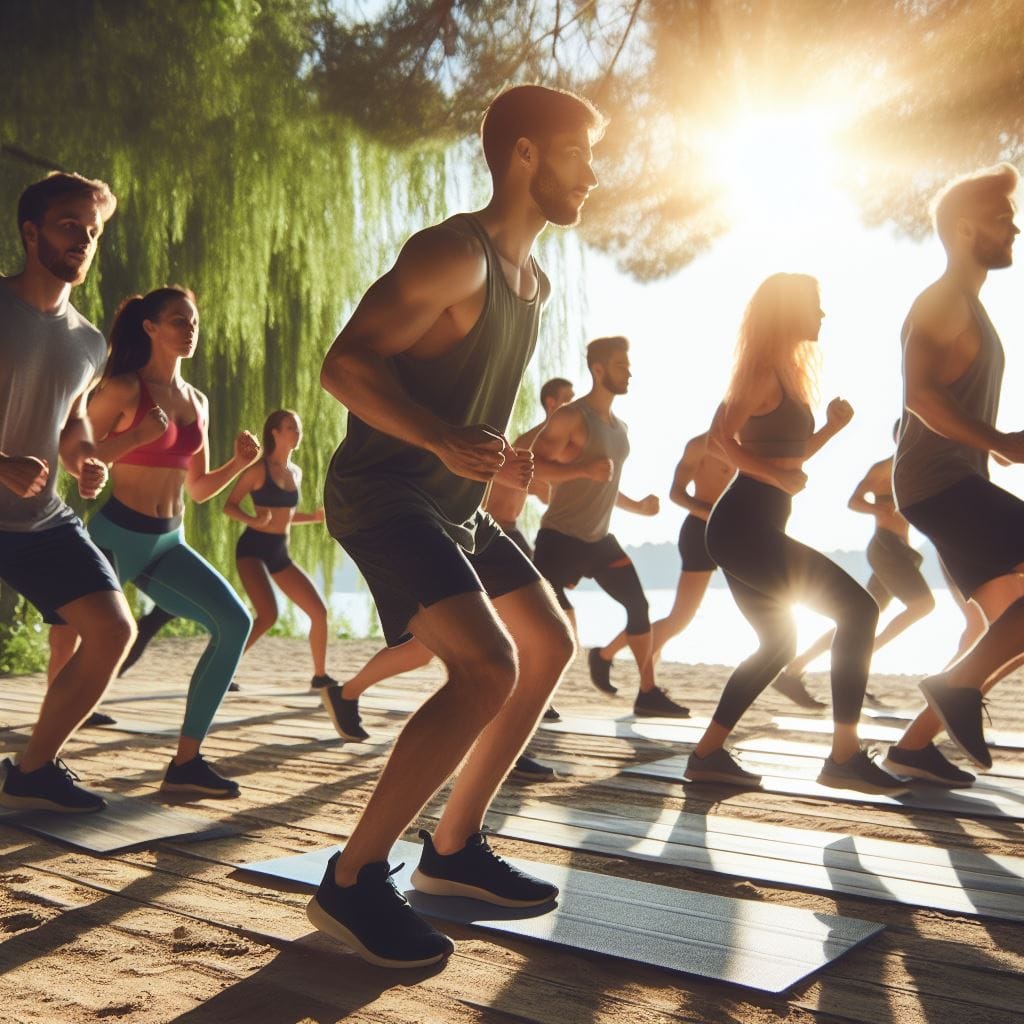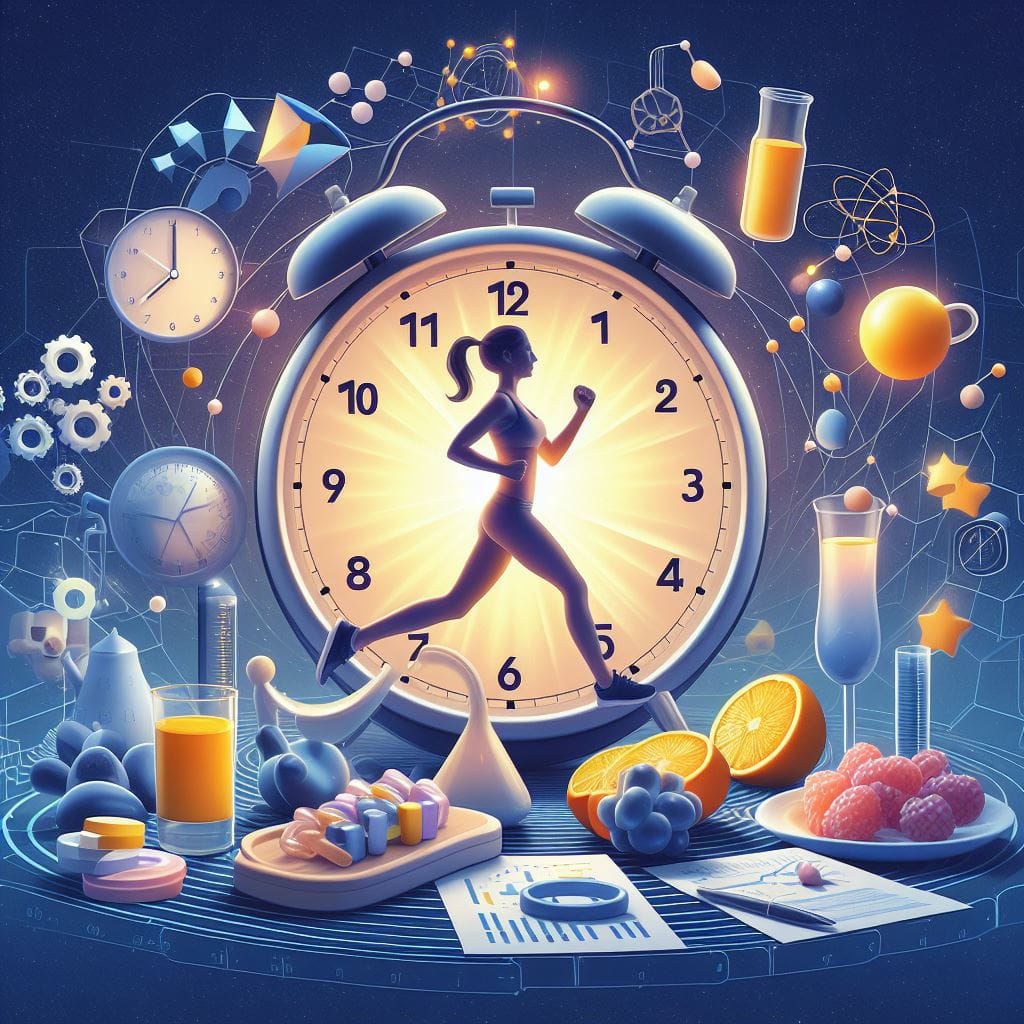For fitness enthusiasts, finding the perfect exercise time to squeeze in a workout can be a constant struggle. Morning larks might swear by the sunrise jog, while night owls prefer the gym’s post-work solitude. But what does science say about the optimal time to exercise?
The truth is, there’s no one-size-fits-all answer. The “best” time to exercise depends on your individual goals, preferences, and Chrono type (whether you’re a morning person or a night owl). However, research does offer some interesting insights:
Morning:



- Fat Burning: Studies suggest that morning workouts, particularly fasted cardio, might lead to greater fat burning. This is because your body has depleted its glycogen stores overnight, forcing it to tap into fat for fuel.
- Mental Boost: Exercise releases endorphins, the feel-good chemicals that can elevate mood and focus throughout the day. A morning workout can set you up for a more productive and positive day.
- Habit Formation: Squeezing in exercise before the day’s distractions take hold can help establish a consistent routine and make it easier to stick to your fitness goals.
Afternoon:



- Peak Performance: Your body temperature and muscle function naturally rise throughout the day, peaking in the afternoon (around 2-6 pm). This can lead to better strength, power, and endurance during workouts.
- Stress Relief: An afternoon sweat session can be a great way to de-stress after a long day at work or school. Exercise can help reduce cortisol (the stress hormone) and promote relaxation.
- Improved Sleep: Contrary to popular belief, evening workouts haven’t been shown to significantly disrupt sleep. In fact, some studies suggest that they can actually improve sleep quality for some people.
Midday:



- Reduced Mortality Risk: A recent study published in Nature Communications found that exercising between 11 am and 5 pm was associated with a lower risk of premature death from all causes and heart disease, compared to morning or evening workouts.
- Energy Boost: Feeling sluggish after lunch? A midday workout can be a great way to re-energize and improve your focus for the rest of the day.
- Break up the Day: Taking a midday exercise break can be a healthy way to break up your workday and improve your overall well-being.
Ultimately, the best time to exercise is the time that you’re most likely to stick with consistently.
Here are some additional tips for finding your ideal workout time:
- Experiment: Try different times of day and see what feels best for you. Listen to your body and pay attention to your energy levels.
- Consider your goals: If your goal is weight loss, morning workouts might be beneficial. If you’re looking for peak performance, afternoon might be better.
- Be flexible: Life happens! Don’t be afraid to adjust your workout schedule as needed. The most important thing is to get moving and stay active.
Remember, any exercise is better than no exercise. So, lace up your shoes, find your time, and get moving!
I hope this article helps you find the perfect time to fit in your next workout!










